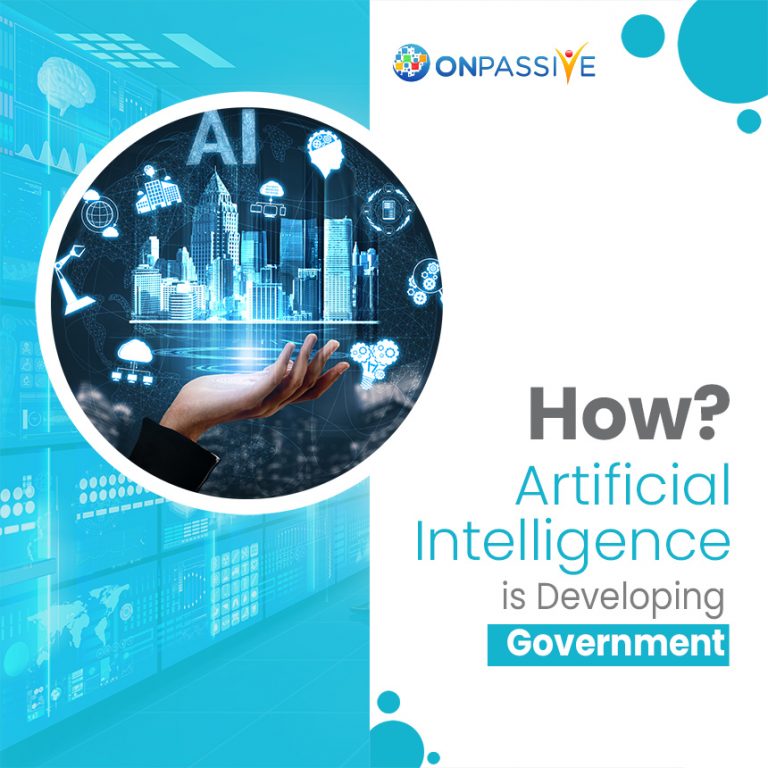
Spending enough time in or around government agencies, and these are the kinds of pressures to hear.
How governments overcome challenges that are both detail-oriented and labour-intensive?
Increasingly, this moves to artificial intelligence (AI) as futuristic, has a high effect on governments.
Artificial Intelligence Technologies cannot replace complex strategical planning, and management requires public admins.
Enter, an era of automated intelligence where the computerization of jobs requires human judgement.
Five ways of Artificial Intelligence can help government agencies cut-down costs, free workers for a critical task, and delivers better and faster service:
1. Overcome Resource Conditions
Generate sensible data for humans from Facebook posts to sensor readings without any assistance. Cognitive technologies help to shift this information.
For example, electronic document discovery locates ninety-five percentage of relevant documents in the discovery phase of legal cases, compared to fifty rates for humans in the fraction of second.
A network space, terrestrial and airborne sensors called NASA’s Volcano Sensorweb triggers closer observation of human experts by pinpointing and recording just-in-time imagery of volcanoes and other cryospheric events.
It is a significant promise of AI technologies that humans and computers combine their strength.
2. Cutting-Down Paperwork
Artificial Intelligence Technologies helps to reduce administrative tasks by pointing the way to new opportunities for automation, maximizing time for mission-focused work significantly.
For example, child-welfare caseworkers spend 37.5 rates of their time on documentation and administration, compared to nine rates of actual contacts with children and family.
At the federal level, documenting and recording information consumes half-a-billion working hours every time.
Bots that automate all kinds of activities such as,
- From invoice processing to filling-in-forms
- From data-entry to write budgeting-reports.
The more effective government created by free-up, by empowering employees for the work that matters, thereby do service to citizens at the time of purpose.
3. Reduction in a Backlog
Backlogs and long-wait times can be hugely frustrating both citizens and government employees. The backlog of patent applications topped half-a-million by the year.
Cognitive technologies are shifted through data backlogs and perform an end-to-end business process on a massive scaling while leaving critical issues for intelligent human professionals.
4. Improving Forecasts:
Machine Learning and NLP reveal patterns to enable the better predictive capability.
By trial and error basis, computers learn mining information for discovering patterns in data that helps in predicting futuristic events.
When your e-mail program flags a message as spam, or your credit card company warns you on fraudulent use of your card, then machine learning is highly used.
In government, the army is developing wearable monitors that used a machine-learning algorithm to determine wound seriousness for helping medics in prioritizing treatments.
Meanwhile, the department of Energy Self-Learning Weather and Renewable Forecasting Technology uses:
- Machine Learning
- Sensor information
- Cloud-motion physics derived from sky cameras
- Satellite observations for improving solar-forecasting accuracy by thirty percentage.
5. Answering Citizen Queries
It is giving citizens quick answers to essential questions to improve services that reduce costs and backlogs.
Chatbots handle tasks such as password resets and free-up staffs for a more complex task.
An Interactive Virtual-Assistant does the work of 55 recruiters which:
- Answering to the questions
- Checks qualifications
- Referring to a prospective recruiter for human intelligence recruiter.
The system uses machine learning to improve the recognition and helpful responses with an accuracy rate of 94 grades.
These examples illustrate cognitive technologies eventually that fundamentally reveals how government work and the changes that come quickly.
Some traditional models assume limits on the task that Information Technology executes.
However, increasing such assumptions will no longer apply. As cognitive technologies advancing in power, government agencies are more creative to workforce planning and work design.
Most forward-leaning jurisdictions will see cognitive technologies as an opportunity to reimagine the nature of government that works itself and to make the most of complementary human and machine skills.
3 Things that Artificial Intelligence can do for a Company



Gandham raju
3 years ago
Colon R Bolden
3 years ago